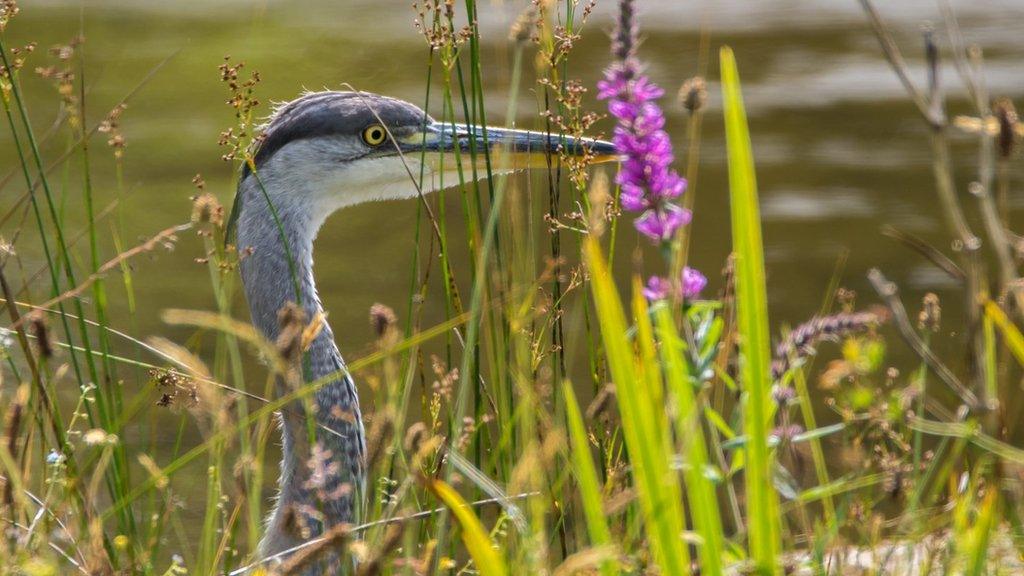Rare sighting of lumpsucker on Cornish coastline
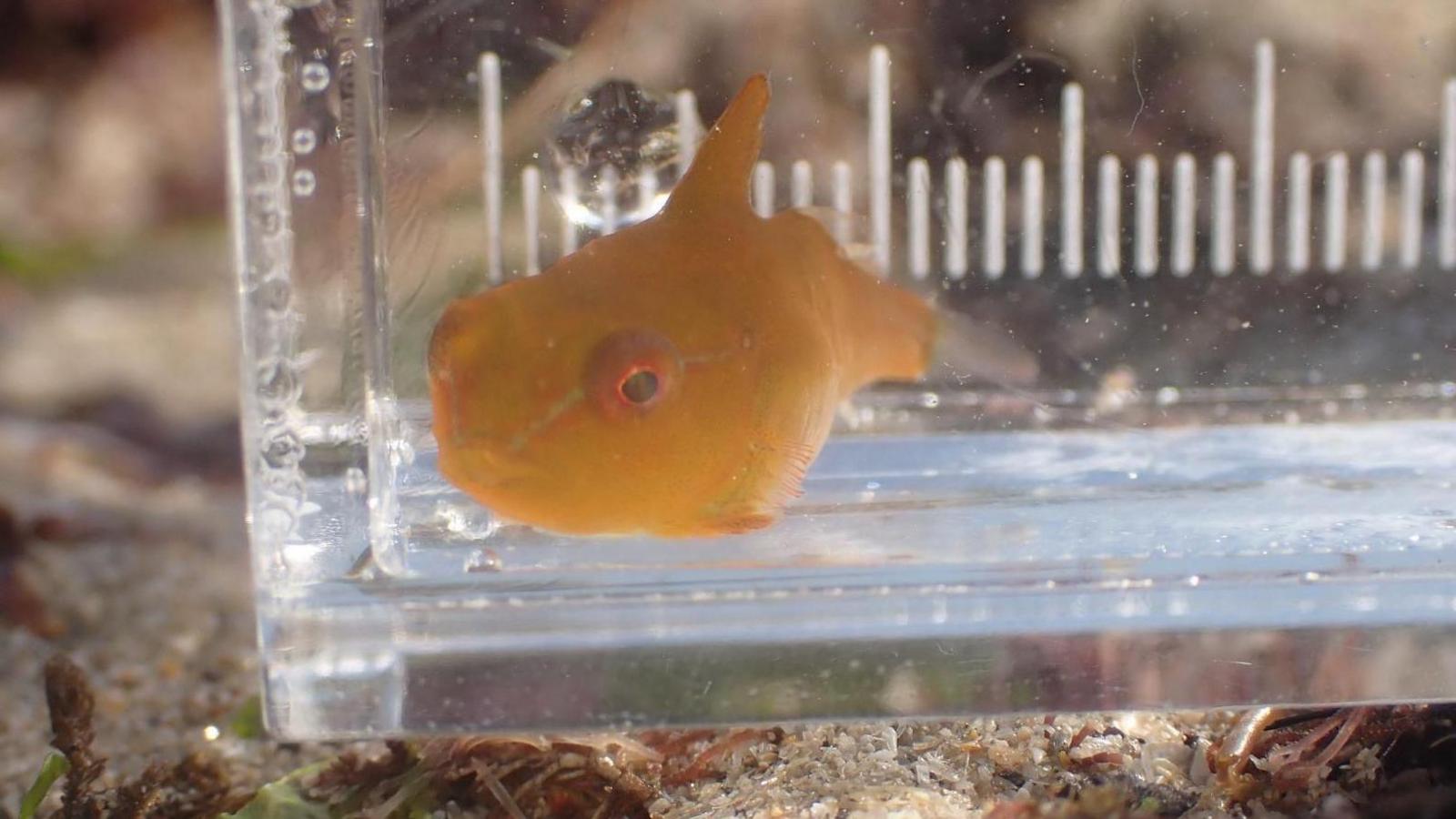
The lumpsucker is seldom seen in Cornish waters, according to the wildlife trust
- Published
A species of fish known as a lumpsucker was among "amazing" rare sightings made by volunteers taking part in a survey of the Cornish coastline.
Run by the Cornwall Wildlife Trust (CWT), the Shoresearch project is a five-day marine wildlife monitoring survey carried out over the autumn equinox spring tides.
This year the lumpsucker - so-called because of its lumpy skin and a sucker it uses to attach to rocks and kelp - was spotted at Polzeath, while other Cornish finds were a conger eel, a squat lobster and a corrugated crab.
Mr Slater, marine conservation officer, added: "I was really really amazed by the species we found which are rare in Cornish waters."
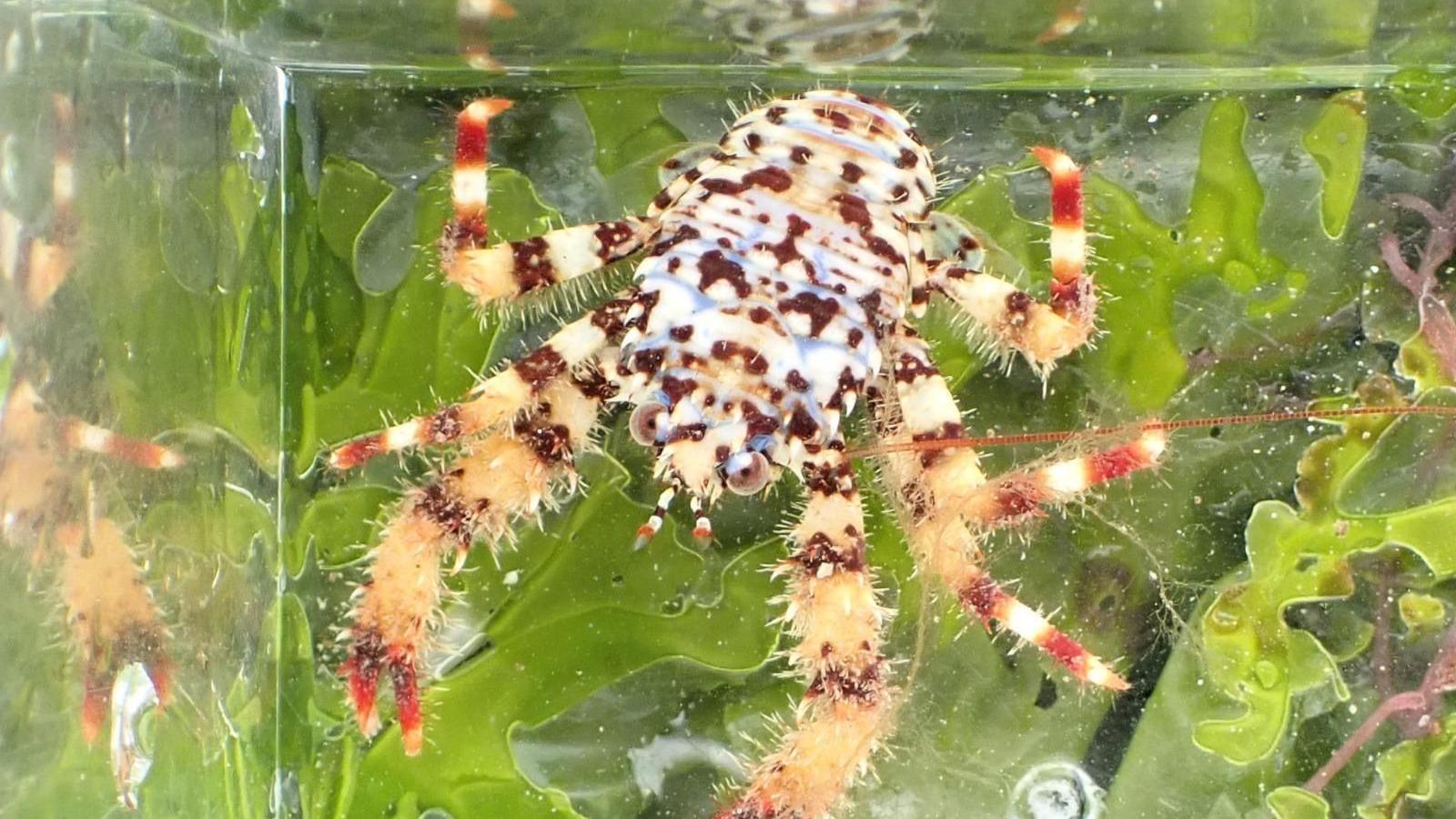
Matt Slater says it is rare to see a squat lobster on the shoreline
Shoresearch is a citizen science project of the wildlife trusts that trains volunteers to carry out survey work.
The project monitors the health of the shore in marine conservation zones when the tide is very far out and provides data that allows changes to be tracked.
Although one of the days had to be cancelled due to sewage in the water, surveys at Looe, Polzeath, Fowey and Helford went ahead.
"You nearly always find something you've never seen before, and certainly that was the case this year - I was really, really amazed having done it for so many years," said Mr Slater.
At Polzeath, the group was "blown away" by a tiny juvenile lumpfish.
Mr Slater added: "Also known as a lumpsucker, these are fish that can grow quite large, and they're very rare in Cornish waters."
He said the lumpsucker looked "ridiculous", with a box shape and armour plating just under its skin.
"They prefer cooler seas, but to find a tiny baby one like that - and it was bright orange - absolutely amazing."
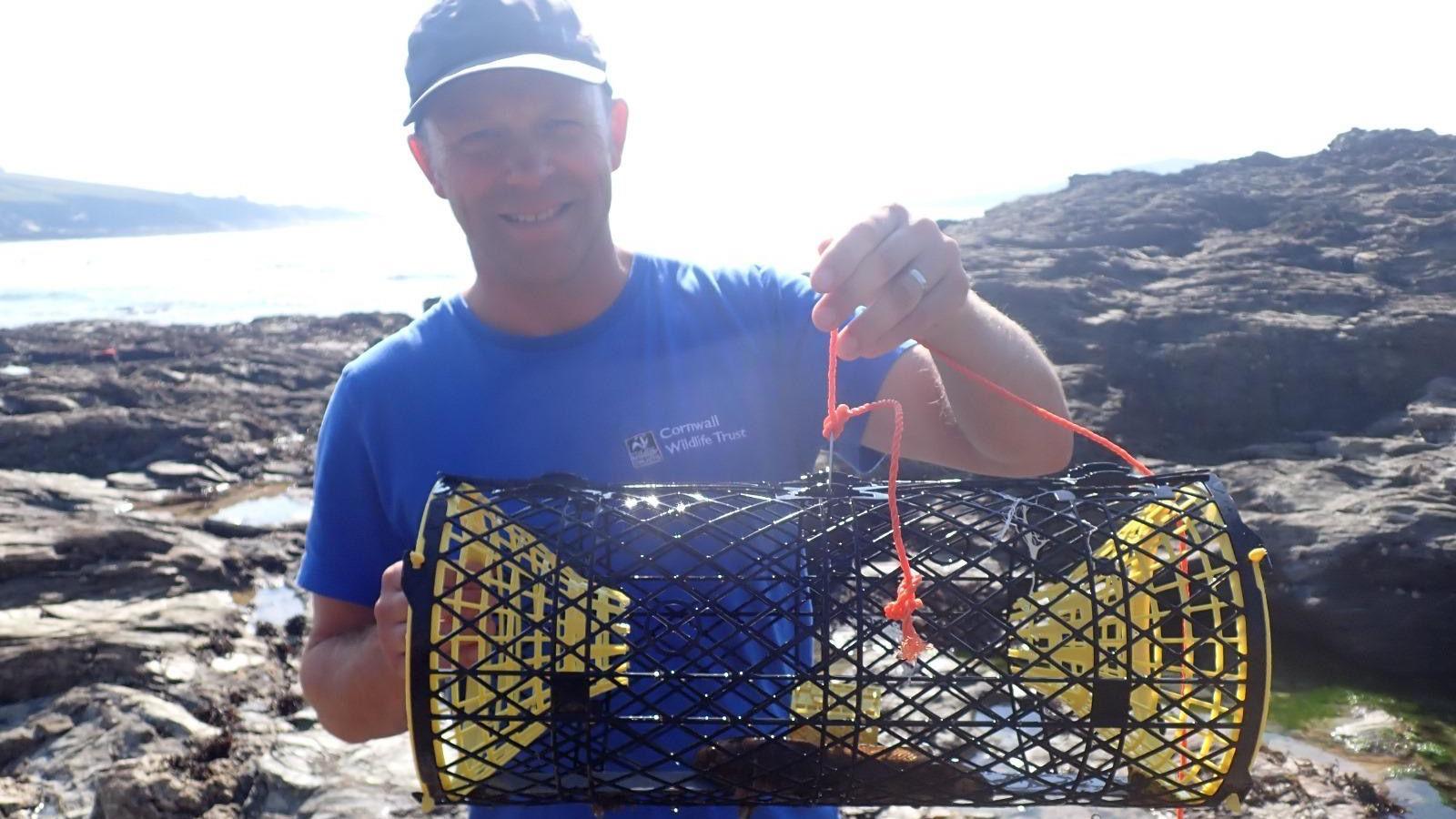
Matt Slater said all marine life was returned to the sea where it had been found
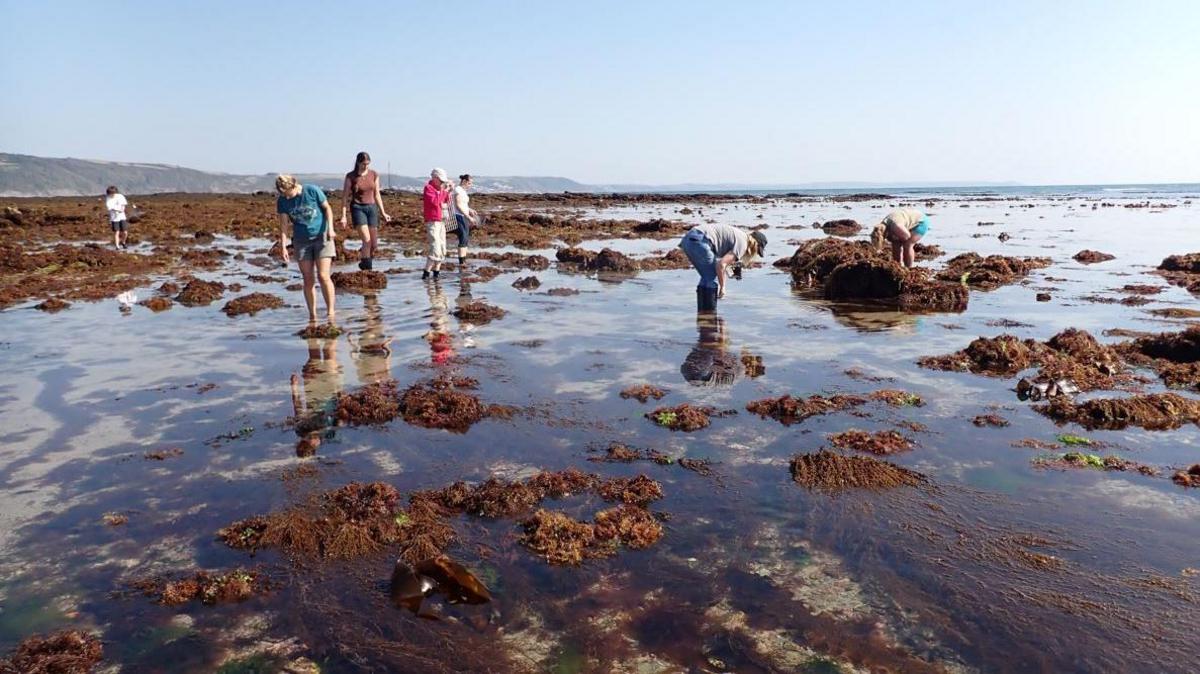
More than 80 volunteers took part in Cornwall
Other highlights included a corrugated crab in Looe, which he said had "hardly ever" been recorded in Cornish waters, as well as a conger eel at Hannafore Point in Looe.
On the squat lobster at Prisk Cove, Mr Slater added: "It was only a baby of a species that we see quite often when we're diving, but we never see on the shore and the colour of the juvenile is quite amazing, white and orange, with black spots and blue eyes, really striking and quite amazing."
He added: "We've been doing them at the same time every year now for 12 years and we're building up a really interesting set of information on all the wildlife on the shore.
"Every year we set fish traps to look for fish in the rock pools, and this year we found giant gobies, which are a rare protected species, at Polzeath, Looe and Helford."
He said there were also signs and evidence of climate change impacting marine life, with "far less" cold water species like cod and an increase in warm water sealife like sardines, bream and different varieties of seaweed.
Mr Slater extended his thanks to the volunteers who took part.
Follow BBC Cornwall on X (formerly Twitter), external, Facebook, external and Instagram, external. Send your story ideas to spotlight@bbc.co.uk, external.
Related topics
- Published25 September 2024
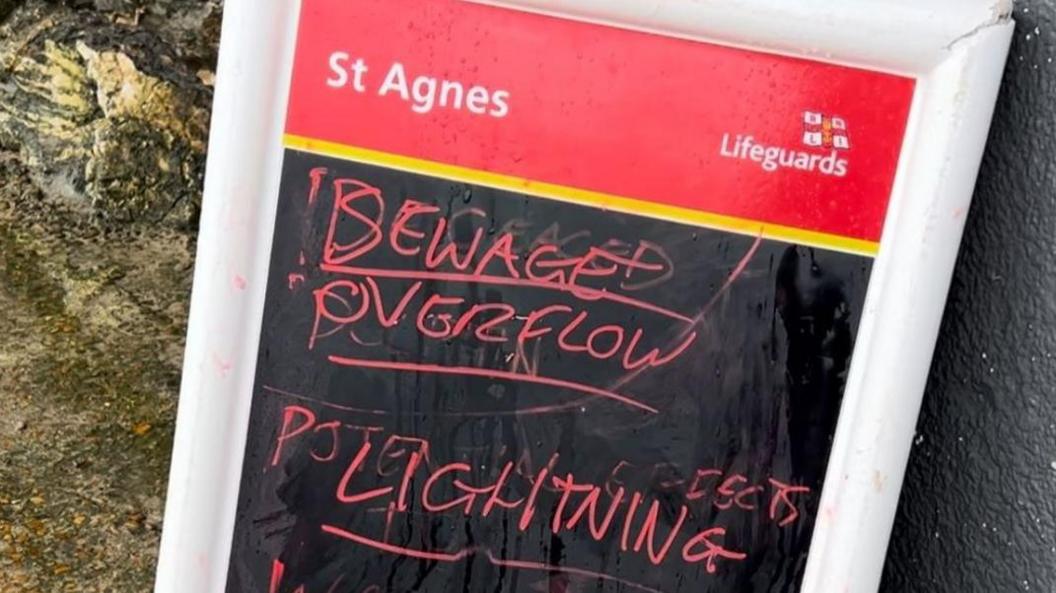
- Published1 August 2024
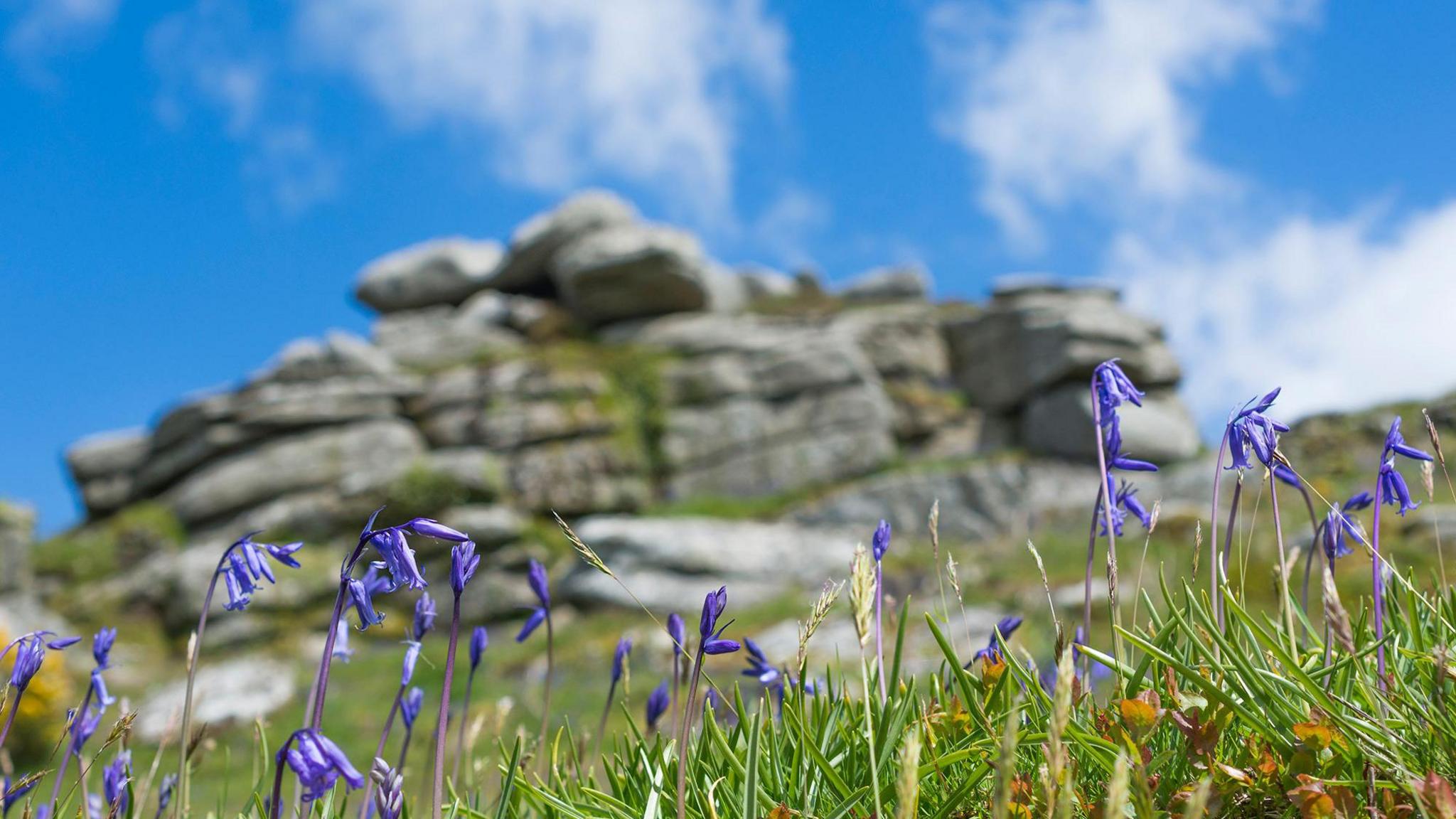
- Published7 April 2024
